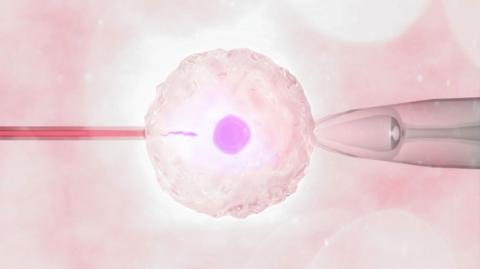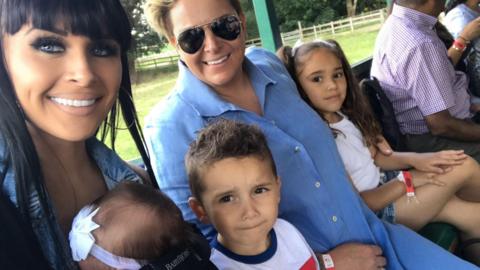NHS funding for fertility treatment continues to fall.
It now pays for just 27% of IVF cycles, down from 40% in 2012.
Among 18-39 year olds having their first treatment, heterosexual couples receive 52% of NHS-funded cycles, with female couples accounting for 16% and single women 18% - both a slight rise.
The HFEA report says IVF is "one of the most invasive and expensive treatments per cycle".
But more female couples and single women are choosing it, for several reasons, including the:
Reciprocal IVF, where one partner provides the eggs (to be fertilised by donor sperm) and the other carries the baby, is also becoming more popular.
Overall, one in four IVF treatments resulted in a birth, the report found.
IVF birth rates are higher among single women and female couples, who are less likely than heterosexual couples to be having the treatment because of infertility problems - and who may also be waiting for other treatment.
The chances of qualifying for NHS funding depends on where the patients live.
In England, NHS funding depends on criteria set by local integrated-care boards, which vary widely - whereas in Scotland, Wales and Northern Ireland, there is a national policy.
In Scotland, 78% of IVF cycles are NHS funded, compared with 53% in Wales and 45% in England.
But, currently, Scotland does not fund fertility treatment for single women.

